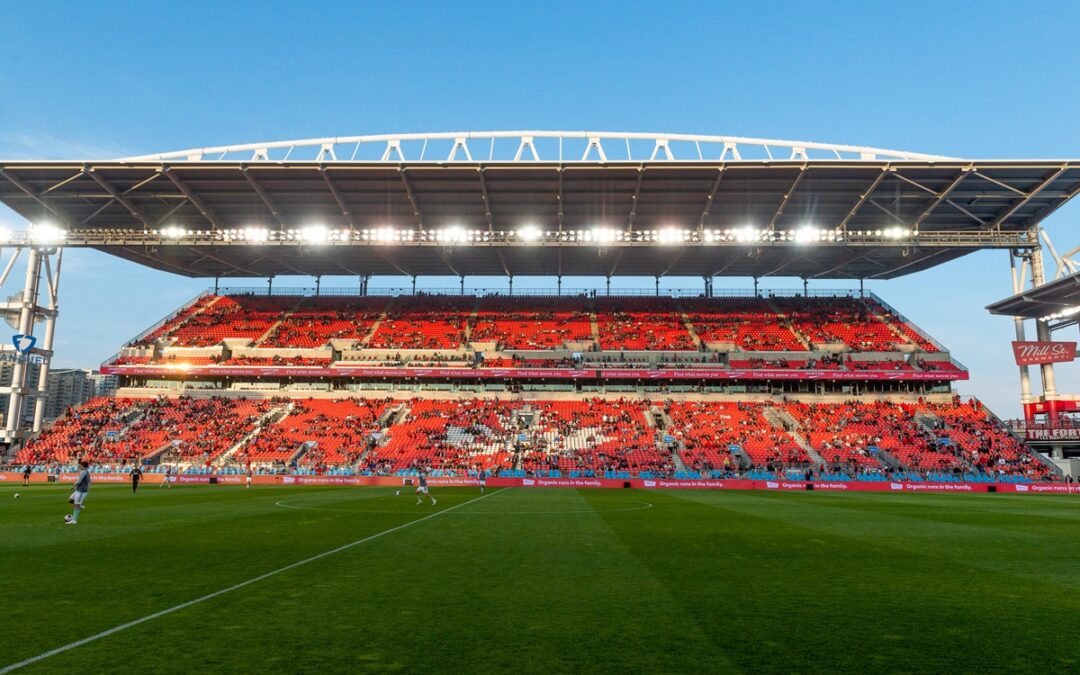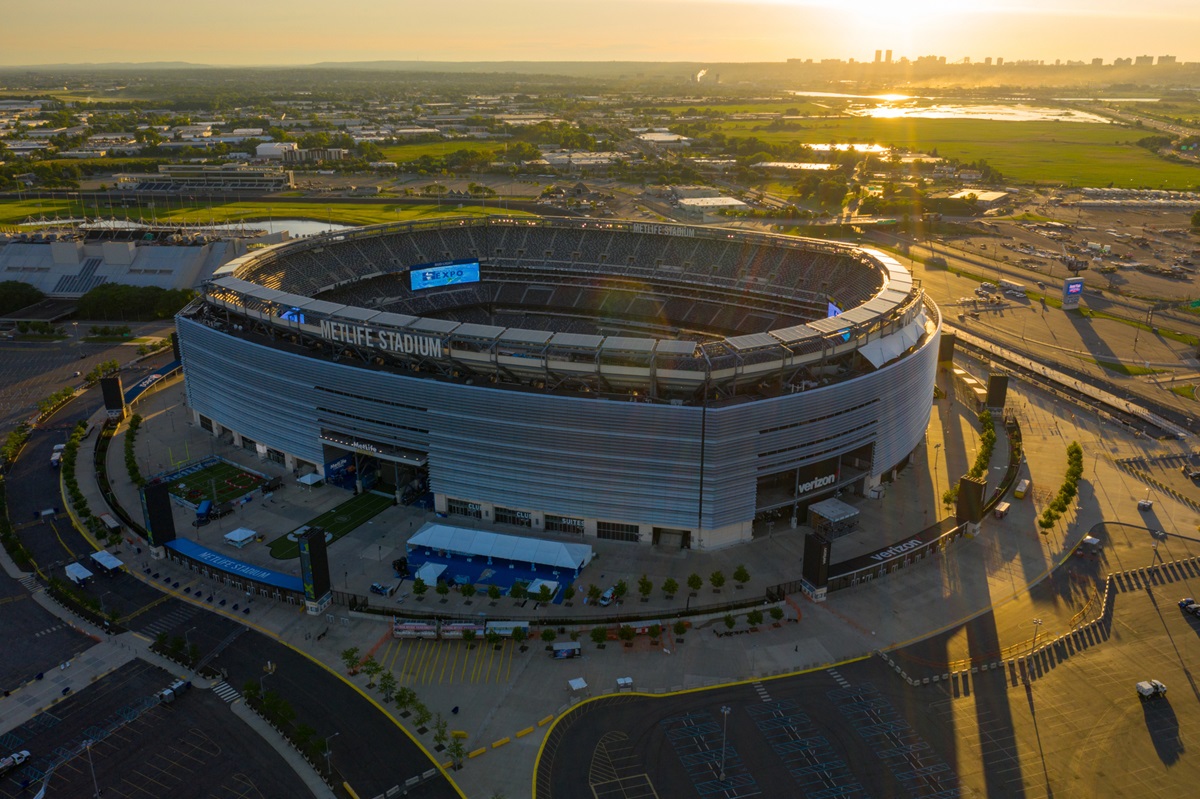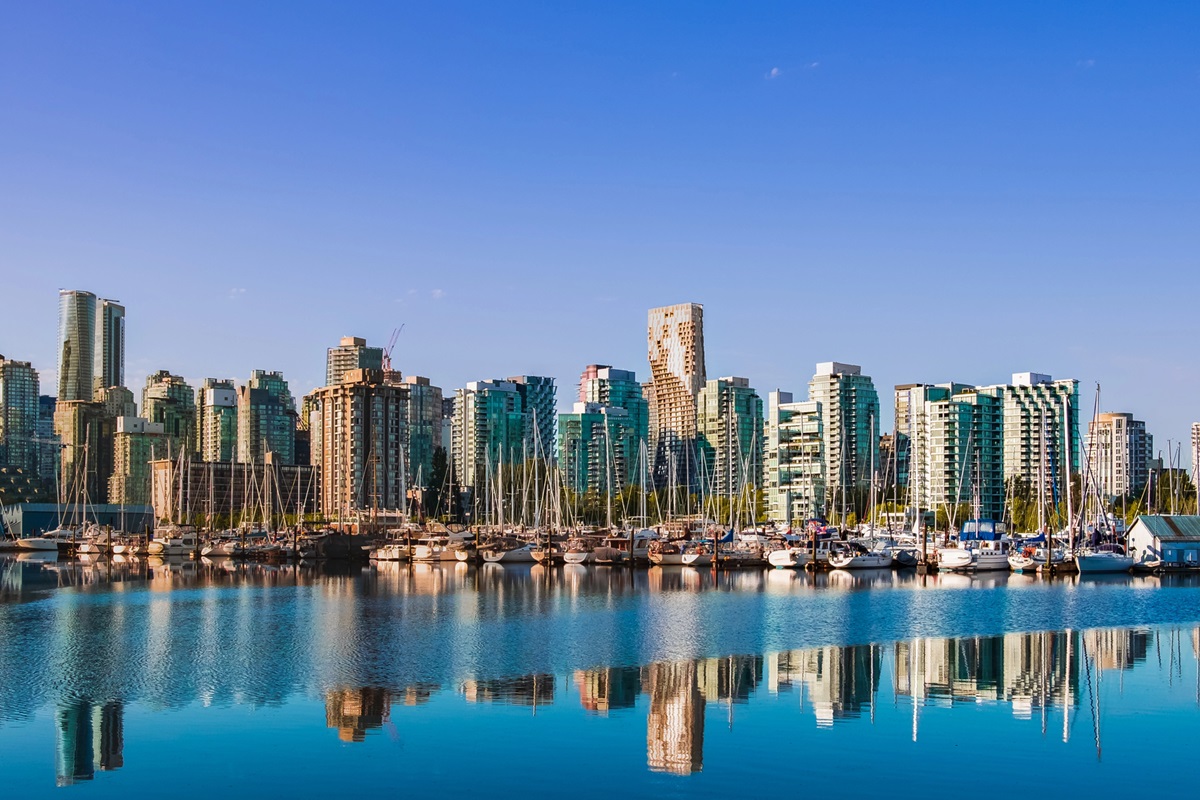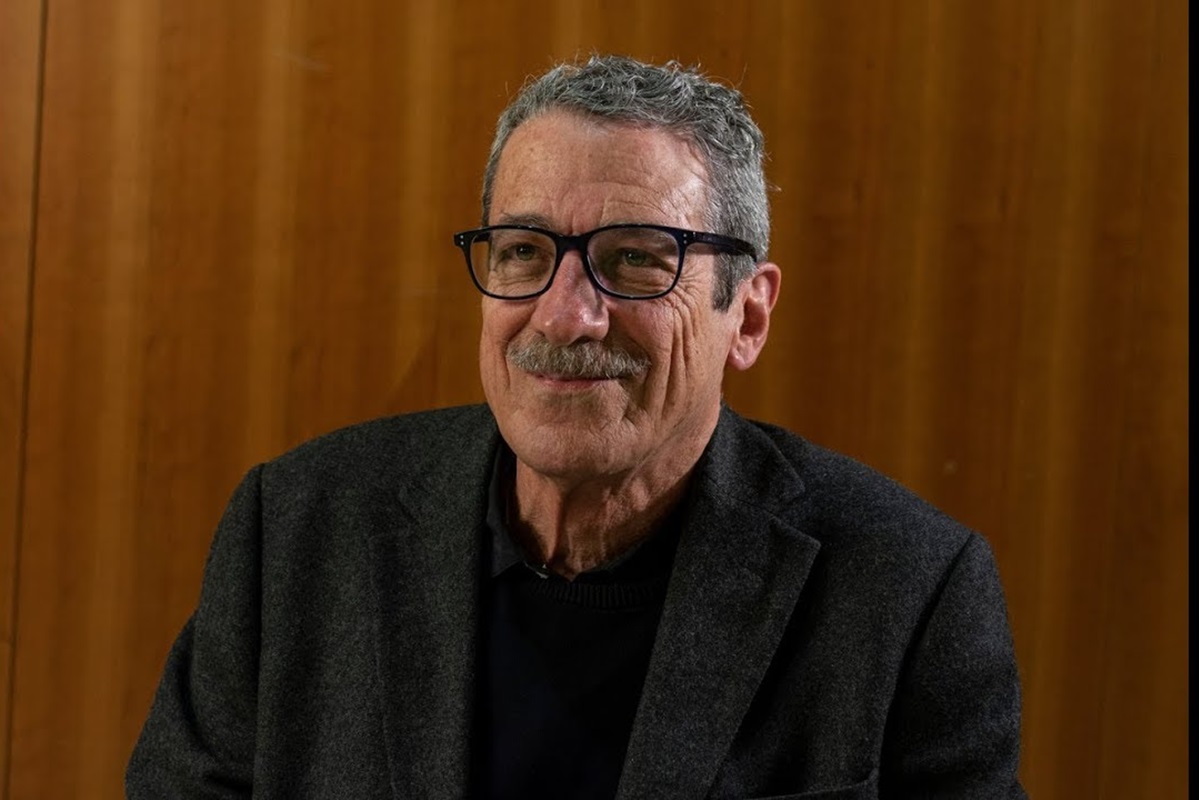When Canada kicks off its FIFA World Cup 2026 journey on June 12, it won’t just be making history on the pitch—it will also be at the forefront of a global sustainability revolution. As co-host of one of the world’s most watched sporting spectacles, Canada is setting the stage not just for thrilling goals, but for transformative environmental action.
With Toronto’s BMO Field and Vancouver’s BC Place selected as host venues for 13 World Cup matches, both cities have seized the moment to upgrade not only their infrastructure, but also their commitment to sustainability. The challenge? Ensuring that these renovations don’t just leave behind modern stadiums—but also a model for a zero-waste, eco-conscious future.
BMO Field: More Than a Makeover
Toronto’s BMO Field, rebranded as “Toronto Stadium” for the tournament, is undergoing a dramatic $146 million transformation. Spearheaded by the City of Toronto and Maple Leaf Sports & Entertainment (MLSE), the stadium will boost its capacity from 30,000 to 45,000 with the addition of 17,000 temporary seats. Permanent upgrades include four new LED video boards, modernized locker rooms, upgraded Wi-Fi, and a rooftop patio with space for 1,000 fans.
This infrastructure evolution is more than just an aesthetic boost. The stadium aims to enhance the fan experience while meeting FIFA’s exacting standards for global events. But as city leaders have made clear, this transformation is about more than just bricks and mortar—it’s also about values and vision.
BC Place: Grassroots and Green Goals

Out west, Vancouver’s BC Place is also embracing change. Its upgrades center around installing natural grass to meet FIFA requirements, expanding accessibility, and modernizing facilities to deliver a first-rate experience for fans and players alike. But beyond the pitch, Vancouver is thinking city-wide.
The World Cup has catalyzed a broader urban renewal in Vancouver’s downtown core. Investments are being directed toward public transportation, pedestrian zones, and green spaces, positioning the tournament as a launching pad for sustainable urban development.
Related content: Travel Ban, Closed Doors: Why the U.S. Is Not Fit to Host the World Cup and Olympics
#ReuseForTheWin: Turning Cups into Catalysts
Central to both cities’ sustainability push is the campaign #ReuseForTheWin, launched by Oceana Canada. It urges BMO Field and BC Place to ditch single-use food and beverage containers in favor of reusable systems. The rationale is urgent: every World Cup match could generate over 100,000 disposable cups, bottles, and wrappers—most of which would end up in landfills or worse, polluting oceans.
Canada’s plastic problem is already severe. Only 8% of plastic waste is recycled, and the vast majority ends up burned, buried, or drifting through waterways. Oceana’s campaign highlights that switching to reusables could eliminate 2.3 million disposables during the tournament—preventing nearly 44 tonnes of waste.
BC Place has already piloted a reusable cup program in select sections and is exploring stadium-wide expansion. Meanwhile, pressure is mounting on BMO Field to follow suit and introduce reuse programs before the first whistle blows in June 2026.
Canadians Want It—Will Cities Deliver?
A recent Abacus Data poll commissioned by Oceana Canada revealed that 88% of Canadians would choose reusable options if available. The public appetite is clear. What’s now needed is the political will and logistical execution.
Advocates are calling on Toronto and Vancouver to pass municipal bylaws that require reusable systems not only in stadiums but also at restaurants, festivals, and public events. Meanwhile, corporate giants like Coca-Cola, a lead World Cup sponsor, are being encouraged to financially support the infrastructure shift needed for reuse.
The opportunity is monumental: Canada could become the first World Cup host to set a zero-waste benchmark—redefining what sustainable mega-events can look like for generations to come.
More Than Greenwashing: A Real Economic Return
Skeptics may ask whether the environmental push is affordable, especially as hosting costs balloon. Toronto, for instance, has seen projected World Cup costs soar to $380 million, a dramatic rise from its initial 2018 estimate of $30-45 million. But city officials—and economists—say the return will outweigh the investment.
FIFA estimates the World Cup will boost Toronto’s GDP by $520 million, generate $340 million in labor income, and inject $25 million in tax revenue. The entire Canadian economy could benefit by $3.8 billion, and the upgrades are expected to create over 6,600 jobs.
Importantly, reuse programs aren’t just good for the planet—they’re good economics. They reduce long-term procurement and waste management costs and create new local jobs in cleaning, logistics, and materials management.
Creating a Legacy, Not a Landfill
Canada’s co-hosting duties come with a rare global spotlight. The country now stands at a crossroads: will it allow its World Cup legacy to be measured in mountains of trash—or in meaningful, lasting environmental change?
The early signs are promising. Municipal governments, stadium operators, and environmental organizations are working in sync. Stadium renovations are progressing on schedule. Public demand for greener alternatives is high. Corporate sponsors are watching closely.
Still, the final whistle on sustainability has not yet been blown. The next 12 months will be decisive.
A Game Plan for the Planet
The 2026 FIFA World Cup is not just a sporting event—it’s a symbol. For Toronto and Vancouver, it’s a chance to transform their cities into global leaders in eco-conscious infrastructure and fan engagement.
By blending world-class facilities with ambitious zero-waste goals, Canada has the potential to not only host an unforgettable tournament but to set a precedent that ripples far beyond the final match. If successful, it could become the tournament where sustainability wasn’t a slogan—it was the goal.
Photo of the portrait: Depositphotos







